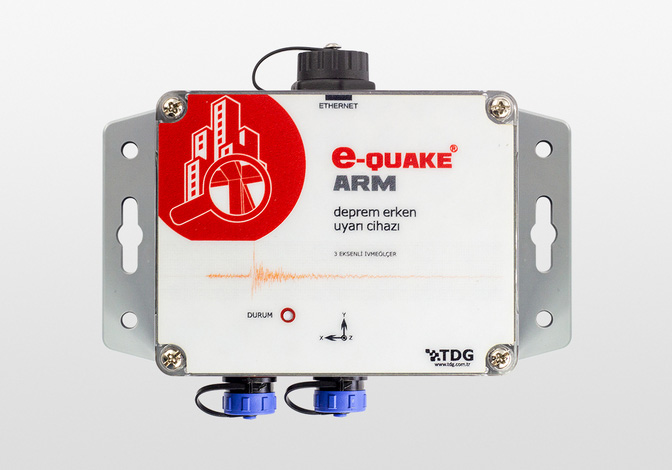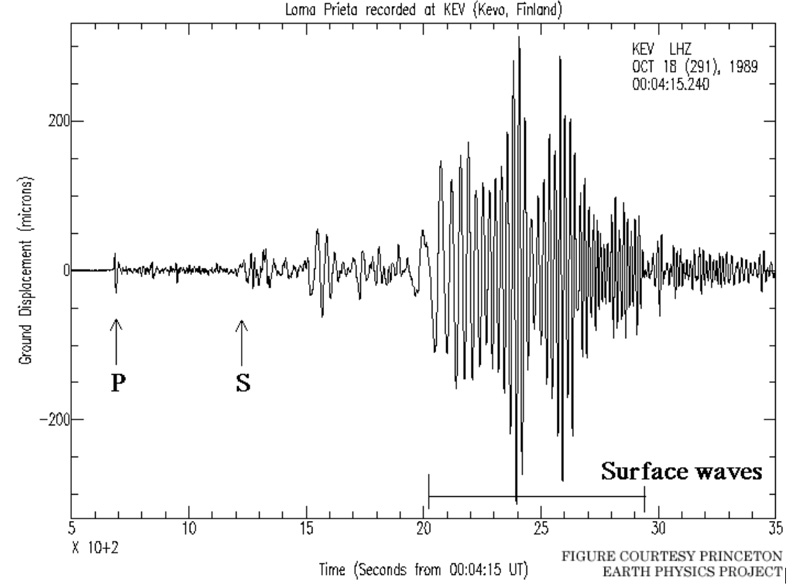URBAN EMERGENCY & DISASTER RISK MANAGEMENT
RESILIENT CITIES
TDG Offers 4-Dimensional Integrated Solutions for Urban Administrations:
- Earthquake and Structural Health Monitoring Center
- 24/7 Monitoring of Critical Structures
- City ShakeMaps / Seismic Risk Analysis
- Early Warning
In parallel with the recent technological developments, it has become possible to plan more innovative and effective disaster and emergency preparedness by using Structural Health Monitoring and Early Warning solutions. With the help of sensors and devices to be placed in critical structures, it is possible to get the shaking map of the city, to detect the vulnerable spots and to produce solutions focusing on risky building stock. With the Structural Health Monitoring Units to be formed under the Emergency and Disaster Coordination Centers of the cities, critical crossing points, bridges and viaducts, metro stations and tunnels can be monitored 24/7 in real-time. Furthermore, it is possible to predict the possible damage conditions of municipal buildings and all structures more accurately, which will contribute to the continuity of coordination in case of an earthquake or other natural disaster, within minutes. By the help of these decision support systems, risk analysis and management can be strengthened by quantitative data.

- Decision Support for Risk Analysis & Management
- Emergency and Disaster Coordination Centers
- Early Warning
- Monitoring of Critical Routes, Bridges, Viaducts
- Municipality Buildings
- Metro Tunnels & Stations
Early Warning Systems: TDG offers effective Early Warning solutions based on special algorithms and AI. The main principle is based on sensing the P (Primary) wave, seconds before the higher amplitude S waves arrive at a certain location and creating a warning before the mainshock hits. |
P and S Waves: Seismic waves are the waves of energy caused by the sudden breaking of rock within the earth. There are several different kinds of seismic waves, and they all move in different ways. The two main types of waves are body waves and surface waves. Body waves can travel through the earth's inner layers, but surface waves can only move along the surface of the planet like ripples on water. Earthquakes radiate seismic energy as both body and surface waves. Travelling through the interior of the earth, body waves arrive before the surface waves emitted by an earthquake. The first kind of body wave is the P wave or primary wave. This is the fastest kind of seismic wave, and, consequently, the first to 'arrive' at a seismic station. P waves are approximately 1.7 times faster than the S-waves. Time difference between the arrival of P and S waves increases with the of a certain location to the epicentre of the earthquake. |
|


